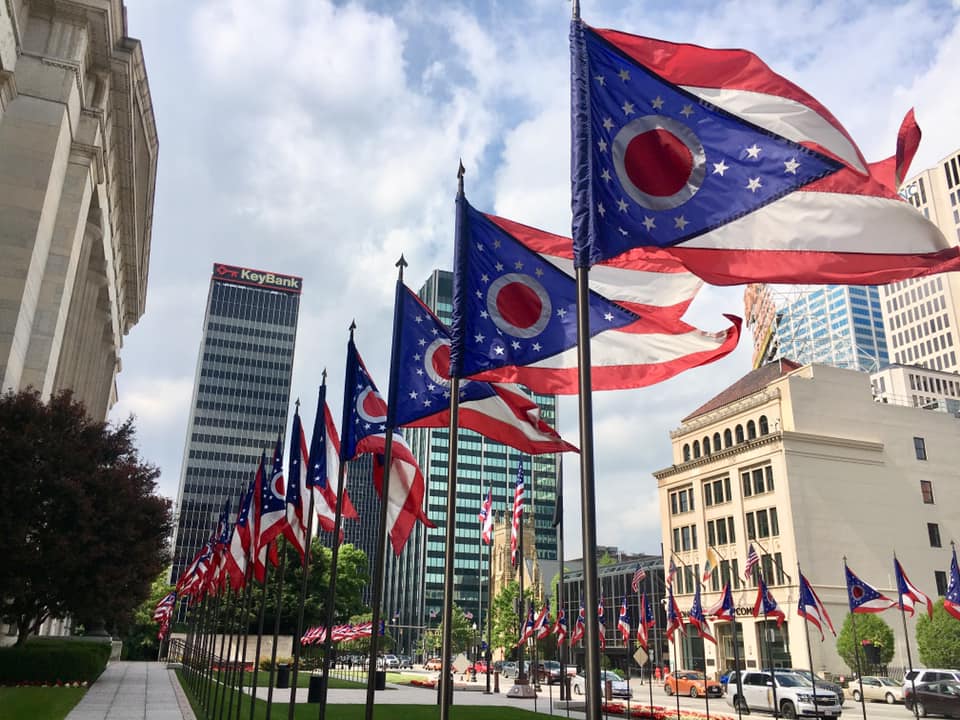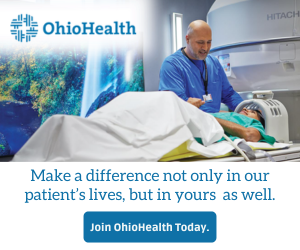 HB479 is potential legislation in Ohio that addresses Imaging Supervision-Contrast Administration.
HB479 is potential legislation in Ohio that addresses Imaging Supervision-Contrast Administration.
The article below was in the Hannah Report which is a statehouse daily publication that legislators and lobbyists read.
"Regarding physician supervision of contrast. The committee heard proponent testimony from Peter Liu, speaking on behalf of the Ohio Radiological Society and Cleveland Clinic and Julie Gill from the Ohio Society of Radiologic Technologists.
Liu said the bill is "critically important to modernize radiology services," noting how it will provide greater access to radiology exams which use intravenous contrast. He said this access will "speed exam scheduling, create prompt
diagnosis and aid in developing the therapeutic plan."
Gill, speaking as a registered radiologic technologist, provided similar testimony. "We believe HB479 improves access to timely imaging care, supports a qualified health care workforce, and reinforces Ohio's commitment to
patient safety and excellence in medical imaging," said Gill. Rep. A. White asked how frequent complications occur when performing procedures. She asked further about the response following a complication. Gill said contrast reactions happen in about one in 10,000 patients, noting they are moderate and severe reactions. She said radiologic technologists respond to moderate and severe complications by first communicating with the radiologist who has the authority to respond to the complication. She said minor reactions are generally not treated but rather assessed over time."
Click to watch the video.
Dr. Gill's testimony is below and is included in the video:
"Chairwoman Schmidt, Vice Chair Deeter, Ranking Member Somani, and members of the House Health Committee:
Good morning and thank you for the opportunity to provide proponent testimony on House Bill 479. I am Dr. Julie Gill, and I am a registered radiologic technologist and Professor at the University of Cincinnati. I am speaking today on behalf of the Ohio Society of Radiologic Technologists, or OSRT, for which I am the past Senior Board Chair. The OSRT represents more than 10,000 licensed radiologic technologists across our state.
The OSRT was established in 1938, and for more than 85 years, our mission has focused on advocating for excellence in patient care, advancing professional practice standards, and promoting lifelong learning through education, research, and public awareness. We serve as the collective voice for Ohio’s imaging and radiation therapy professionals and remain committed to ensuring that patients receive safe, effective, and high-quality imaging services and radiotherapy.
House Bill 479 modernizes Ohio’s laws governing the administration of contrast media and aligns them with the American College of Radiology’s updated federal standards. This legislation recognizes the education, licensure, and professional competence of radiologic technologists while maintaining the highest level of patient safety.
Radiologic technologists are licensed healthcare professionals who complete accredited programs that include coursework in pharmacology, contrast administration, patient assessment, and the recognition and management of adverse reactions. They maintain continuing education and national certification to ensure their knowledge remains current and their practice remains safe.
By allowing radiographers, radiation therapists, and nuclear medicine technologists to administer contrast media under appropriate physician supervision, House Bill 479 provides a balanced approach that improves access to care, particularly in rural and underserved areas, while ensuring robust safety measures remain in place. The requirement that a qualified provider be present on site whenever remote or general supervision occurs, and that all personnel meet institutional competency standards, is both prudent and essential.
We also commend Representative Schmidt, the Ohio Radiological Society, and the Ohio Board of Nursing for their collaborative work in crafting a bill that protects patients while addressing workforce and access challenges. The clarification that LPNs may monitor but not administer contrast is appropriate and consistent with current education and scope of practice distinctions.
As a professional organization, OSRT’s advocacy and educational mission is to support legislation that strengthens patient safety, enhances professional accountability, and ensures high standards of imaging care. House Bill 479 fulfills that mission by recognizing qualified technologists’ ability to safely perform these duties within a clearly defined and appropriately supervised framework.
In conclusion, the Ohio Society of Radiologic Technologists fully supports House Bill 479. We believe it improves access to timely imaging care, supports a qualified healthcare workforce, and reinforces Ohio’s commitment to patient safety and excellence in medical imaging.
Thank you, Chairwoman Schmidt, Vice Chair Deeter, Ranking Member Somani, and members of the Committee, for your time and consideration. I would be happy to answer any questions."





